This post goes out as an email to our subscribers every day and is posted for free here around 2 PM ET. To get your real-time copy, sign up for the free or premium version here: Opening Print Subscribe.
Rate-Cut Dreams Meet Reality — Chop City, Population: You
Follow @MrTopStep on Twitter and please share if you find our work valuable!
Our View
The ES traded up to 6953.75 after the Trump/Xi meeting. Trump said at the end of the meeting: “We have not too many major stumbling blocks,” speaking of a formal trade agreement. “We have a deal. Now, every year, we’ll renegotiate the deal. But I think the deal will go on for a long time. Long beyond the year, we’ll negotiate at the end of a year.”
Trump said the 20% tariffs on China related to fentanyl were being reduced to 10%, bringing the total amount of duties imposed on Chinese imports from 57% to 47%. Part of the agreement eased restrictions on rare earth and included an agreement on fentanyl and the purchase of U.S. grains.
After the meeting, the ES and NQ fell.
Our Lean
What happens to the ES after a rate cut? The ES rallies more often than it sells off. In 9 of 13 historical rate-cut cycles since 1980 (when the S&P was near highs), the index rose +14.7% over the next year.
According to the stats, the ES is up 54% of the time after a rate cut—but here’s the biggy: the S&P 500 is up over the next week after a Fed rate cut 62% of the time.
Average gain: +1.1% — with stronger rallies in easing cycles.
And next week starts the best six months for stocks. I don’t know whether markets will shake off the weakness this morning, but clearly, progress has been made.
Our lean: 6950 could be the high for a few days.
I have a feeling today could end up a “sell rallies” day.
Market Recap
Some people don’t trade on Fed days, and some do.
The people that don’t have probably lost, and the people that do probably lost too. Why? Because Fed decision day is known for volatile trading and losses.

The ES traded 6942.00 on Wednesday’s regular session open, sold off down to 6936.00, and then rallied up to a 6952.00 double top and high for the day.
Early on, the NQ acted firmer than the ES, but as the ES started the slow grind lower, the NQ started to fall apart.
Doing a play-by-play today just won’t work—there were just too many dips and rips to keep track of.
After 10:15, the ES traded down to 6939.25 at 10:12, made a lower high 6946.25 at 10:39, then sold off down to 6930.00 at 12:03. It rallied back up to 6942.50 at 12:45, pulled back to 6937.25, revisited 6942.50, and dropped down to the 6930.25 level.
It traded up to 6942.00 at 2:00, dropped down to 6927.50, rallied up to 6942.00 at 2:33—and that’s when this headline hit the tape:
POWELL: RATE CUT IN DECEMBER IS ‘FAR FROM’ FOREGONE CONCLUSION
And that’s when Powell started talking. The ES fell 59.50 points down to 6882.25 at 2:39, rallied up to 6923 at 2:54, sold off down to 6894.75 at 3:36, then traded up to 6927.25.
It traded 6916.50 as the 3:50 imbalance showed $3 billion to buy and rallied up to 6946.75 on the 4:00 cash close.
#META #MSFT #GOOG
GOOG reported first and surpassed Wall St expectations. MSFT came second and beat revenue and earnings per share (EPS) estimates for its first fiscal quarter. Azure cloud revenue grew 40% year-over-year.
Then META bombed out, reporting revenue that beat expectations—but net income and diluted EPS were significantly impacted by a one-time, non-cash tax charge of nearly $16 billion. The company attributed the tax charge to the “One Big Beautiful Bill Act.”
I really can’t tell you what was what after that. The ES sold off down to 6905, rallied back up to the 6929.50 level, and settled at 6922.75, down 3 points or -0.04%, breaking a 4-day winning streak.
The NQ settled at 26,252.50, up 99 points or +0.38% on the day and up 5 days in a row for a total gain of 1,223.75 points or 4.80%.
In the end, the ES and NQ started doing a weird chop. They would both go bid and then downtick right away. That’s when I posted this:
IMPRO Dboy (10:13:20 AM): I think there is a lot of risk. It was a shift in the price action.
In terms of the ES and NQ’s overall tone, they both took a hit but made a nice late recovery. In terms of the ES’s overall trade, volume was high: 1.46 million contracts traded.
On Tap
-
9:55 — Fed Vice Chair for Supervision Michelle Bowman speaks
-
4:00 — After the Bell: AAPL and AMZN
MiM
The 3:50 PM Market-on-Close (MOC) imbalance showed a broad-based $2.95B to buy, signaling strong institutional demand into the bell. The buy pressure was driven primarily by the Nasdaq ($2.73B buy) and S&P 500 ($2.84B buy), while the NYSE lagged with a smaller $431M buy. The overall lean of +71% confirmed a clear directional bias rather than rotation, with Nasdaq leading the flow at +87% buy vs. +61% weighted direction, a hallmark of aggressive accumulation.
From 15:50 to 16:00, the total imbalance climbed sharply from just $59M to $3.05B, peaking near 15:52 before gradually fading into the close as paired-off volume increased. The decline into the bell was mechanical, typical of order matching, not sentiment reversal. Technology names dominated participation, accounting for more than half of total imbalance value.
Sector breakdowns underscored the tech leadership:
-
Technology saw a massive $2.34B total imbalance with +90% buy lean, reflecting sustained demand across semiconductors and software.
-
Communication Services followed with +74.6%, driven by GOOG and META.
-
Industrials and Consumer Cyclicals posted moderate positive leans (+63% and +70%), while Real Estate and Utilities were hit hard with heavy sells (−72.5% and −74.9%).
Among symbols, NVIDIA (NVDA) led the board with a $1.37B paired imbalance and $555M to buy, followed by Microsoft (MSFT), Apple (AAPL), and Tesla (TSLA)—collectively representing over $1.5B in net buy interest. On the sell side, Regeneron (REGN), Texas Instruments (TXN), and Oracle (ORCL) showed concentrated liquidation, hinting at rotation out of biotech and legacy semiconductor names.
Overall, today’s MOC reflected a wholesale tech-sector buy program, with institutional flows overwhelmingly favoring semiconductors and AI-linked large caps. The lean metrics above +70% across NASDAQ and S&P sectors confirm conviction buying rather than passive rotation.
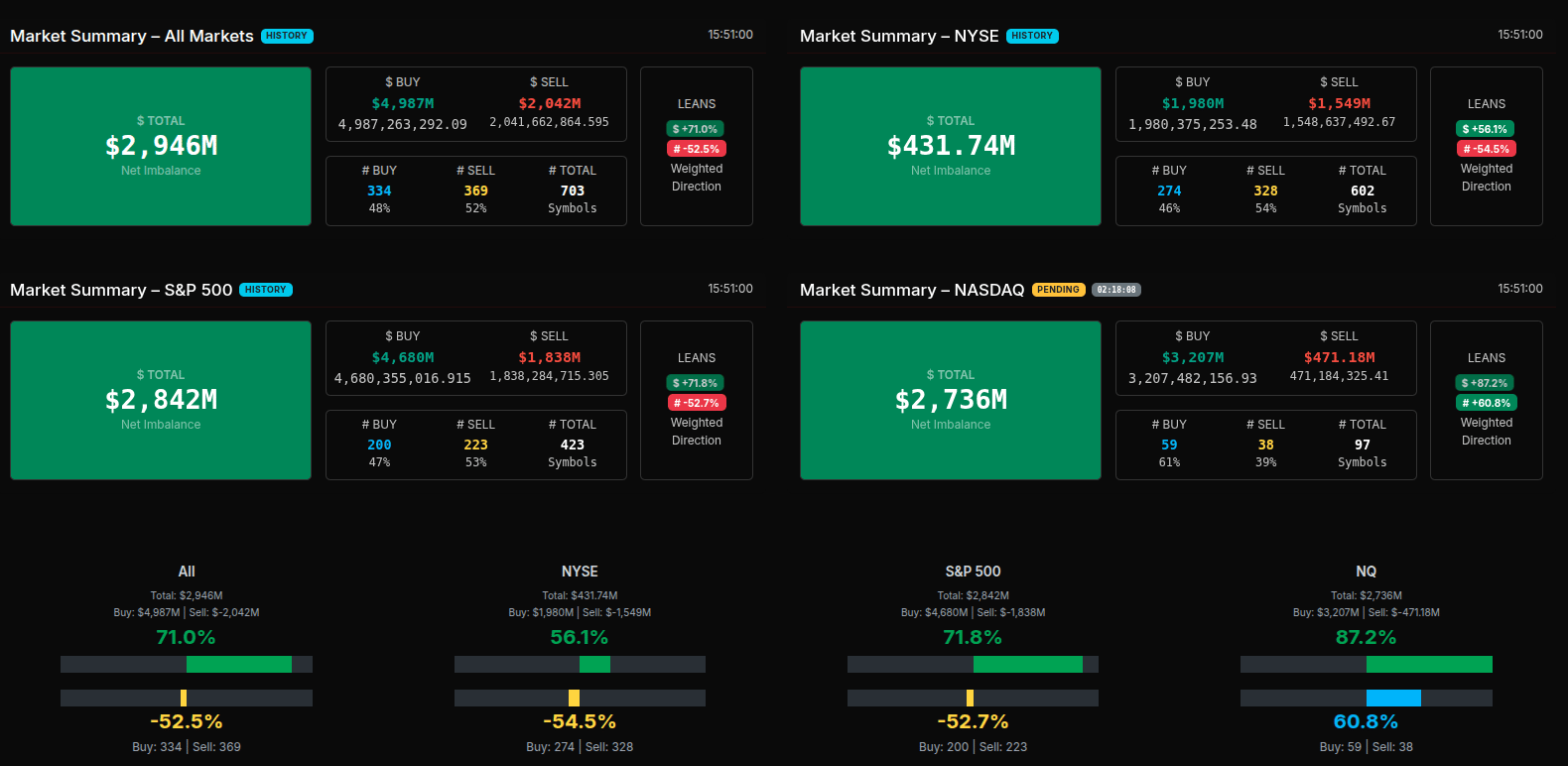


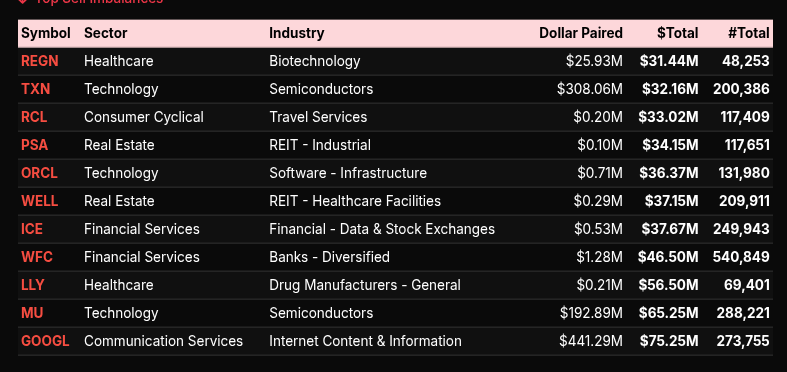
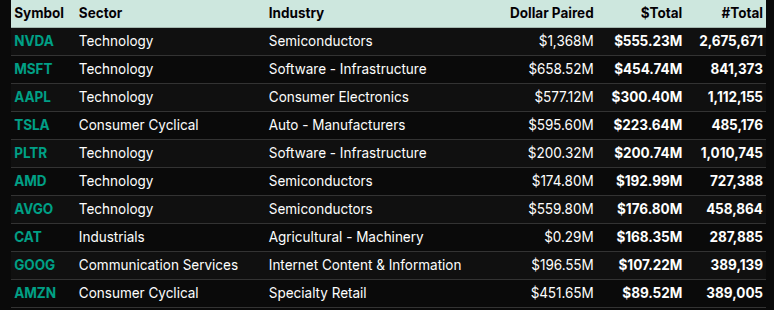
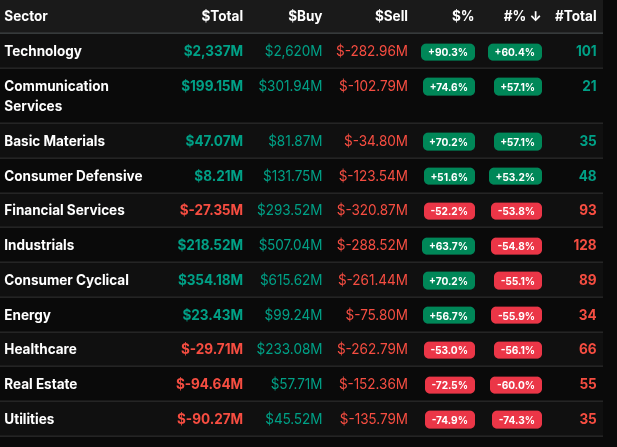
Guest Posts:
Dan @ GTC Traders
DIAGEO PLC (DEO): A Plan Moving Forward
As we have mentioned as of late? The “Equity Fixed Income” third of the GTC Sample Portfolio is doing rather well …

For those of you who are new? The objective of a Fixed Income Account is not large annualized growth, but rather steady income. We accomplish this with this ‘Hybrid’ model of our own invention, as the current assets are yielding 5.51% on cost; while still annualizing 7.932% and a maximum drawdown that is 0.62 times the annualized return, and a Sharpe Ratio of 1.00. ( A usual drawdown is 3x the annualized return )
The return on this small $20,000 sample is currently on average paying about $25.71 per month; far in excess of the cost of the Premium Membership.
Regardless, as we have mentioned in the past? One of our assets here has proven to be a problem child. Diageo PLC (DEO) …

We have mentioned all of this in the past. But we didn’t really have a plan … for moving forward. We simply noted the problem … and have stated we would come up with a plan.
Well … here it is …
DIAGEO (DEO) Below $92.46: If we trade below $92.46 … and the market sells below this overall region with conviction ( that part is the key qualifier ) … then we will say that enough … is enough. We would in this scenario, sell to exit the position. Remember that due to macro considerations? We have made each purchase a half sized position. So this means if the usual full sized position is 6% of available total capital? Our position sizes have been half of that. The beginning account balance was $19,000.00 ( Now at $24,143.99 ). Which means that our beginning half size position size was $570.00 per $19,000.00. So we would view this ‘slot’ for a position open once again, for a $570.00 purchase in the GTC Sample Portfolio, per $19,000.00.
Some may be, and are dealing with much larger accounts. So for larger accounts that have a free cash position opened up of greater than $570.00? But of $50,000.00 per position? 4 Week Treasury Bills could be purchased to replace DIAGEO (DEO).
For small accounts such as the GTC Sample Portfolio? $570.00 worth of a 4 Week, Discount to Yield ETF could be purchased, such as BIL, GSY or SHV.
So to summarize … in this scenario … for the GTC Sample Portfolio? Sell to exit DEO if DEO falls below $92.46 with conviction, and replace with $570.00 per $19,000.00 with one of the discount to yield ETF as mentioned above.
DIAGEO (DEO) Remains $92.46: Simply gives us more time. We have already captured the recent dividend distribution, so our yield on cost will increase slightly. With this time, we can evaluate future earnings, prospects, and determine if this plan needs revised in light of new data.
So at least … as things stand right now? That will be the plan on this particular piece, moving forward.
There is always a problem child somewhere in a portfolio. But it is nice to see the program overall with all of the other pieces, doing so well however.
Until next time, stay safe … and trade well …
Technical Edge
Fair Values for October 23, 2025
-
S&P: 30.55
-
NQ: 135.59
-
Dow: 149.26
Daily Breadth Data 📊
For Wednesday, October 29, 2025
• NYSE Breadth: 33% Upside Volume
• Nasdaq Breadth: 42% Upside Volume
• Total Breadth: 41% Upside Volume
• NYSE Advance/Decline: 29% Advance
• Nasdaq Advance/Decline: 31% Advance
• Total Advance/Decline: 30% Advance
• NYSE New Highs/New Lows: 152 / 110
• Nasdaq New Highs/New Lows: 332 / 175
• NYSE TRIN: 0.67
• Nasdaq TRIN: 0.60
Weekly Breadth Data 📈
For the Week Ending Friday, October 24, 2025
• NYSE Breadth: 57% Upside Volume
• Nasdaq Breadth: 57% Upside Volume
• Total Breadth: 57% Upside Volume
• NYSE Advance/Decline: 74% Advance
• Nasdaq Advance/Decline: 67% Advance
• Total Advance/Decline: 73% Advance
• NYSE New Highs/New Lows: 229 / 66
• Nasdaq New Highs/New Lows: 595 / 257
• NYSE TRIN: 2.12
• Nasdaq TRIN: 1.52
BTS Levels:
ESZ2025
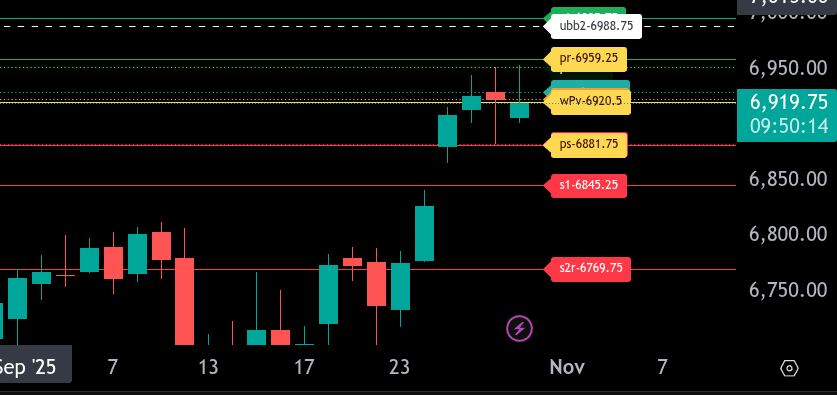
The bull/bear line (wPv) for the ES is at 6920.50. This is the critical pivot level that will define directional bias for the session. Trading above it suggests bullish continuation, while failure to hold above points to renewed selling pressure.
Currently, ES is trading around 6920.50, hovering right on the bull/bear line. Holding above this level could target 6929.25 and the upper range target of 6959.25, with a further push toward 6995.75. Sustained trade above 6995.75 would open the door for a test of the psychological 7000 level.
On the downside, initial support lies at the lower range target at 6881.75, followed by a deeper support zone near 6845.25. A decisive break below 6881.75 would confirm bearish momentum and increase the probability of a move toward 6845.25.
Overall, the session tone remains neutral-to-bullish above 6920.50. A clean break below this pivot would turn the short-term bias negative. Watch how price reacts around this line early in the RTH session to set the tone for the day.
NQZ2025
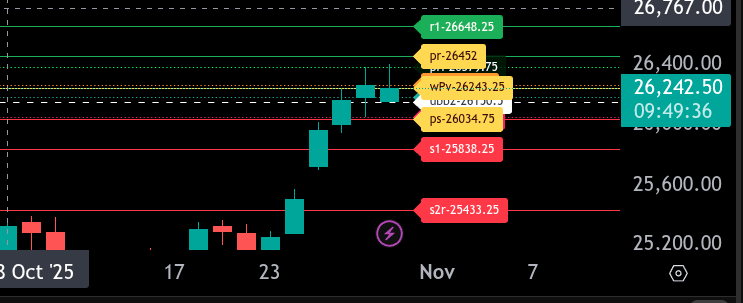
The bull/bear line for the NQ is at 26,243.25. This is the key pivot that defines directional bias for today. Holding above this level favors continued strength, while sustained trade below suggests weakness and a potential fade lower.
Currently, NQ is trading around 26,241.00, just under the bull/bear line, showing some hesitation near this key inflection zone. If price reclaims and holds above 26,243.25, the next upside targets are 26,262.5 and 26,452, which marks the upper range target for today. A push through 26,452 would open the door to 26,648.25.
On the downside, failure to hold above the bull/bear line keeps pressure on the lower support zones. Initial support lies at 26,179.75, followed by 26,034.75, which is the lower range target. A decisive break below that could extend losses toward 25,838.25.
Overall, trade above 26,243.25 favors buying dips for continuation toward 26,450+; trade below keeps sellers in control with downside potential to 26,034 and possibly 25,838. The market remains two-sided and reactive ahead of the next catalyst, so patience near the pivot is advised.
Calendars
Economic Calendar Today
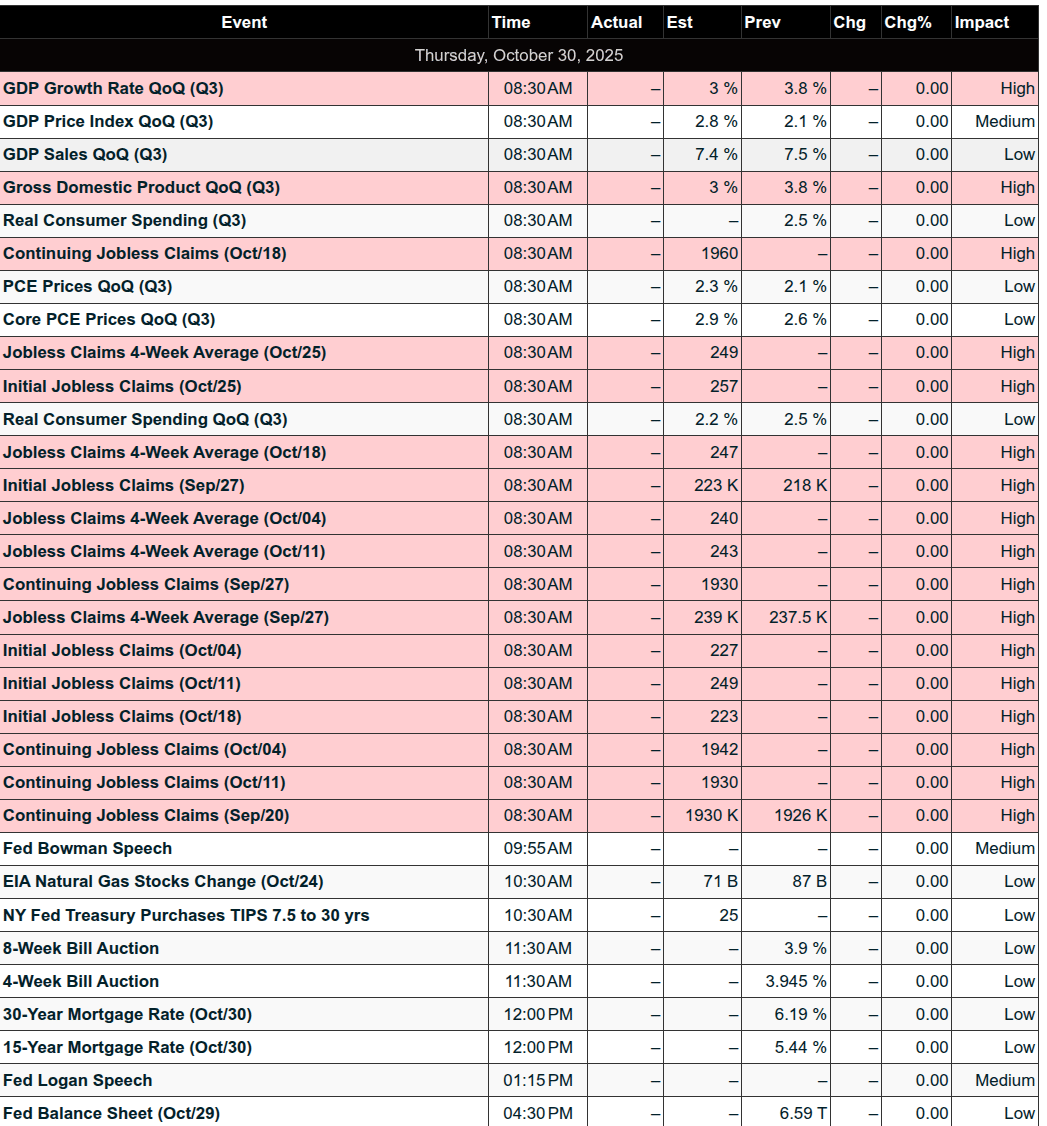
This Week’s High Importance
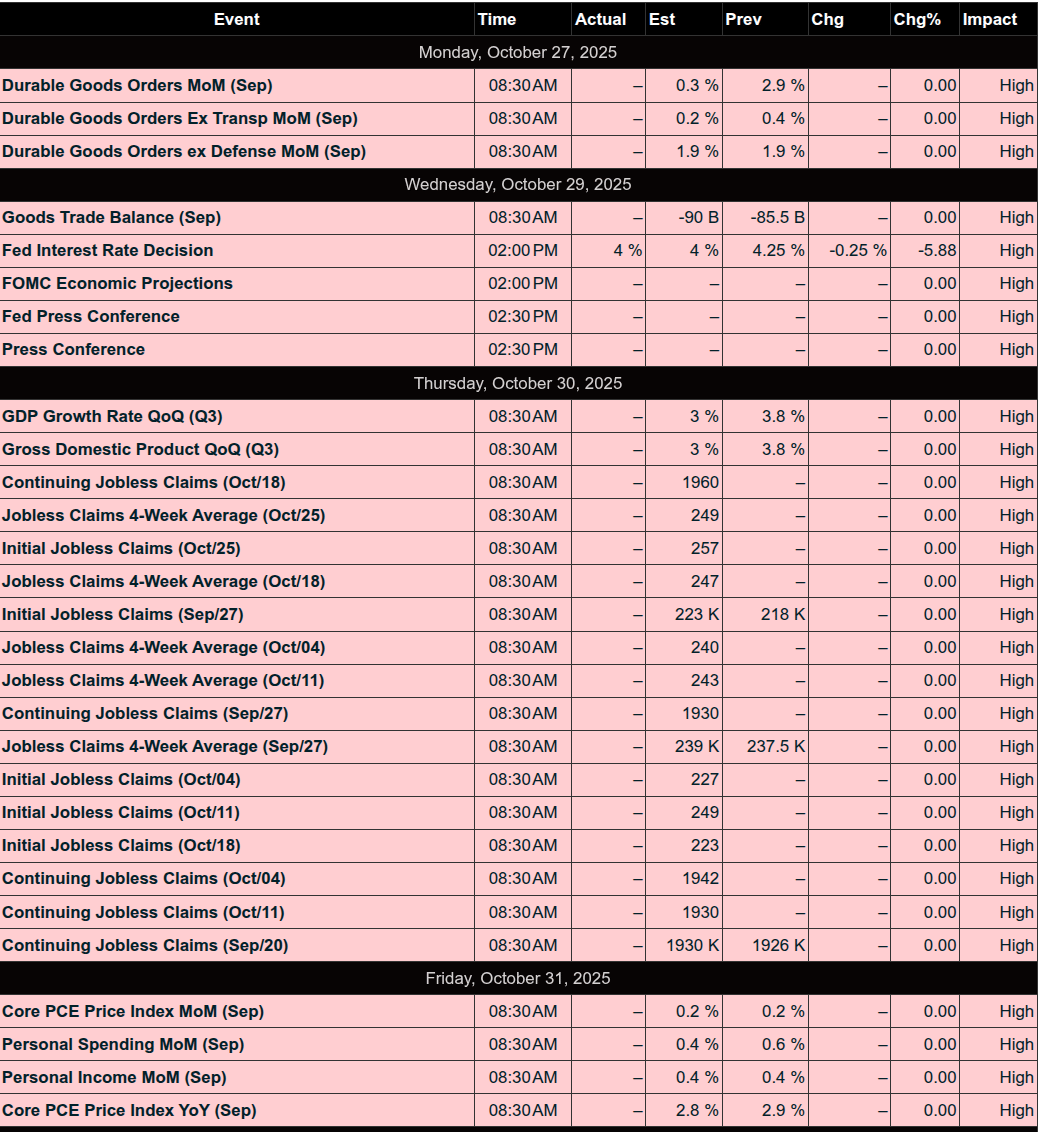
Earnings:

Released
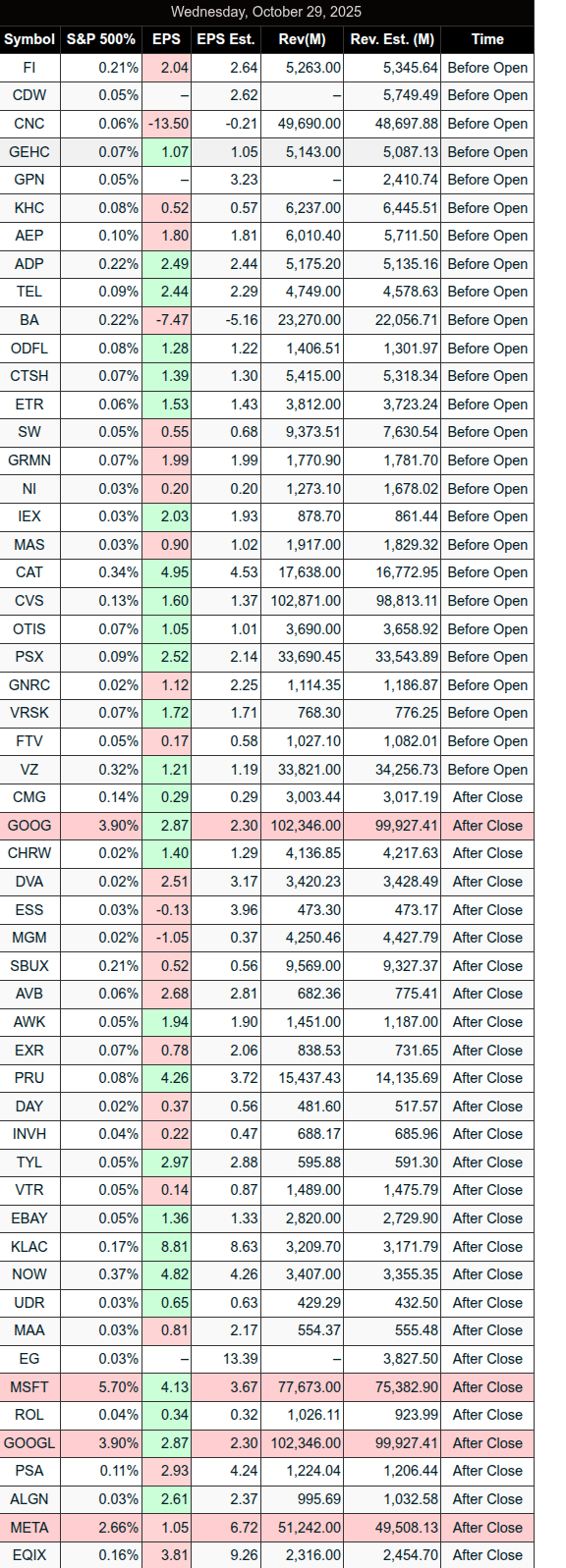
Trading Room News:
PTG Room Summary – Wednesday, October 29, 2025 (FOMC Day)
Overview of the Day:
Today’s trading session was driven by anticipation of the FOMC rate decision and featured disciplined execution across both CL and ES. PTGDavid provided solid leadership with structure-focused guidance. Several traders, including Manny, Bosier, and Slatitude39, shared quality setups and trade management insights. The day demonstrated strong alignment between PTG methodology and market behavior, particularly around VWAP, gap fills, and the Daily Money Boxes.
Positive Trades and Setups:
CL OPR Long Trade
-
David initiated a long in CL early in the session, hitting TGT1 quickly and eventually all targets. The trade was managed with scaling and a trailing stop, reflecting a clean execution of the OPR strategy.
ES Lean Long Above VWAP
-
David called a bullish lean above VWAP, which offered intraday opportunities for upside continuation. This setup guided several traders, including Roy and Manny, through trades in alignment with structure.
Manny’s Early Scalps
-
Manny executed a morning trade, trimming into strength and exiting flat with a solid gain of about 7 points. He highlighted the importance of banking early profits during high-risk macro days like FOMC.
Bosier’s Short and Re-entry Strategy
-
Bosier traded multiple short attempts with good structure. He scaled in, took partial profits around the 35 level, and used order control (OCOs) to manage risk. YM and RTY alignment helped him stay confident in the trade.
Gap Fill Called in Advance
-
David called for a gap fill around 10:39 AM. This scenario played out perfectly post-FOMC announcement, reinforcing the power of structured planning and patience.
Slatitude39’s Range Target Trade
-
Slatitude entered long at 84 using the PTG Daily Range Target Calculator and took +18 points. He credited the tool for helping identify high-probability setups and shared plans to deepen his study of the PTG indicators.
Lessons and Insights:
Backup and Platform Stability
-
Bruce and Manny emphasized the need for daily backups in NinjaTrader. Loss of strategy data created unnecessary stress. It’s a reminder to protect your trading environment as much as your capital.
Discipline Over Impulse
-
The room discussed handling trades with moving average reversals and re-entries. The value of structured, rules-based re-engagement was emphasized.
Using Delta and Order Flow
-
Manny offered a precise order flow read, identifying lack of follow-through on an upside probe. His exit was timely and underscored how delta divergence can be a strong signal to reduce or exit.
FOMC Reaction Requires Patience
-
The Fed announced a 25bps cut, signaled the end of balance sheet reduction, and noted one dissent for a 50bps cut. The initial market reaction was muted, reinforcing the importance of waiting for Powell’s press conference before acting on headline news.
Educational Momentum
-
Slatitude’s success using the Range Target Calculator inspired others to revisit PTG tools. He plans to begin charting levels daily, signaling commitment to a deeper, structured trading approach.
FOMC Recap:
-
Fed cut rates by 25bps
-
Balance sheet runoff to end Dec 1
-
One dissenter favored a 50bps cut
-
Powell later clarified that a December cut is “far from a foregone conclusion”
Market reacted slowly at first but eventually completed the gap fill as forecast earlier by David.
End-of-Day Wrap:
-
ES moved cleanly from the upper to lower D-Level Money Box
-
Market digested Powell’s comments and stabilized into the close
-
Focus turned to after-hours tech earnings from Microsoft, Meta, and Google
-
A $3 billion MOC buy imbalance was noted late in the day, adding upward pressure
Key Takeaways:
-
PTG structure continues to provide reliable intraday targets and ranges
-
Proper trade management (especially on Fed days) is crucial to protect gains
-
Delta and order flow reads remain essential tools for confirmation or early exits
-
Members using PTG tools, like the Daily Range Calculator, are finding success when they follow levels and stay disciplined
A solid session overall. The room maintained strong situational awareness and composure throughout a news-heavy day.
DTG Room Preview – Thursday, October 23, 2025
Affiliate Disclosure: This newsletter may contain affiliate links, which means we may earn a commission if you click through and make a purchase. This comes at no additional cost to you and helps us continue providing valuable content. We only recommend products or services we genuinely believe in. Thank you for your support!
Disclaimer: Charts and analysis are for discussion and education purposes only. I am not a financial advisor, do not give financial advice and am not recommending the buying or selling of any security.
Remember: Not all setups will trigger. Not all setups will be profitable. Not all setups should be taken. These are simply the setups that I have put together for years on my own and what I watch as part of my own “game plan” coming into each day. Good luck!
This post goes out as an email to our subscribers every day and is posted for free here around 2 PM ET. To get your real-time copy, sign up for the free or premium version here: Opening Print Subscribe.



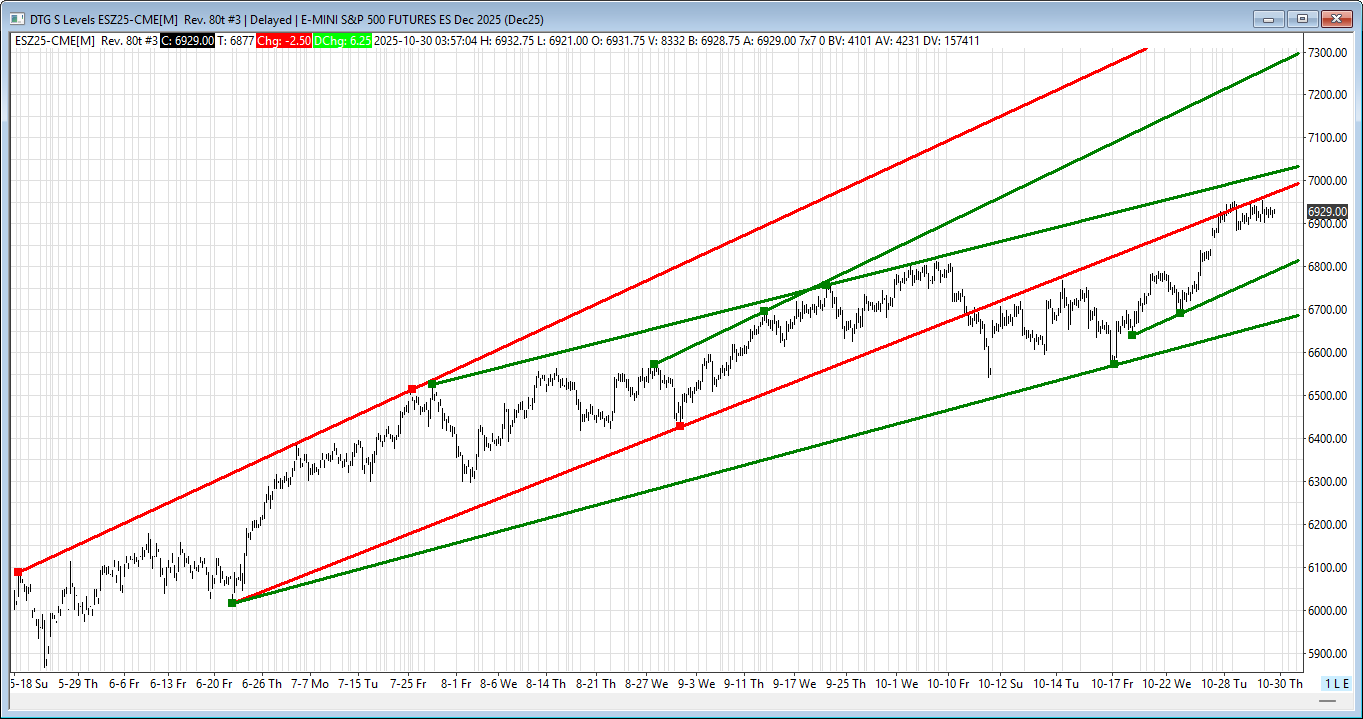
Comments are closed